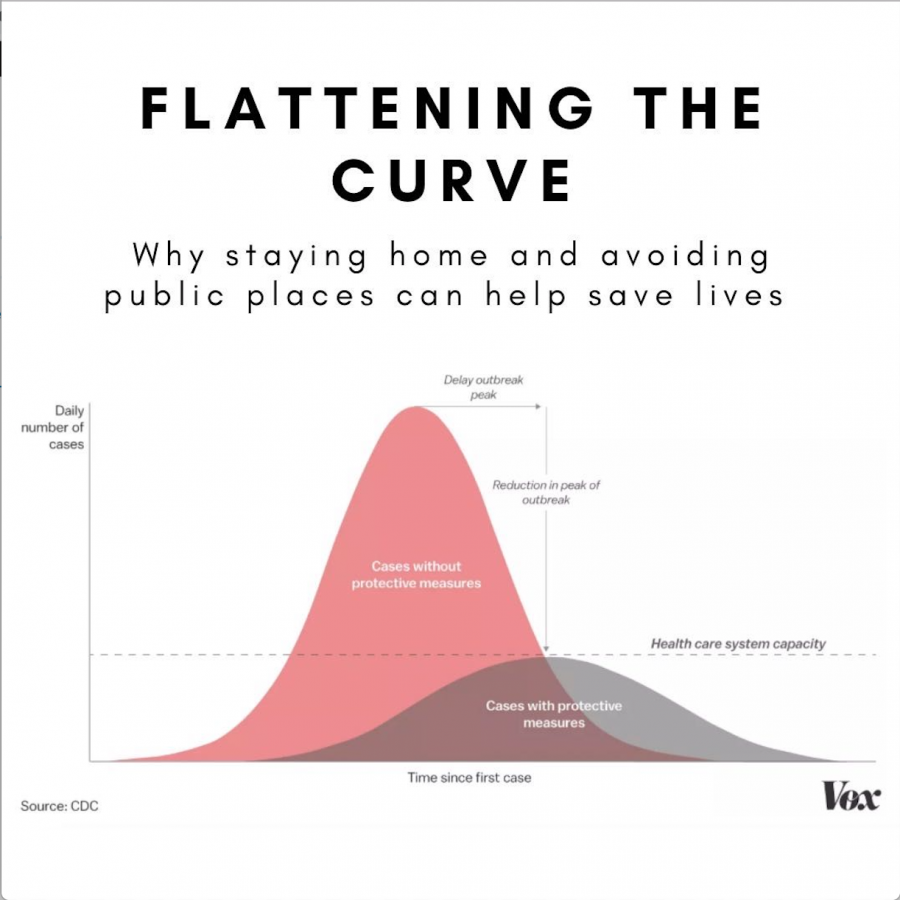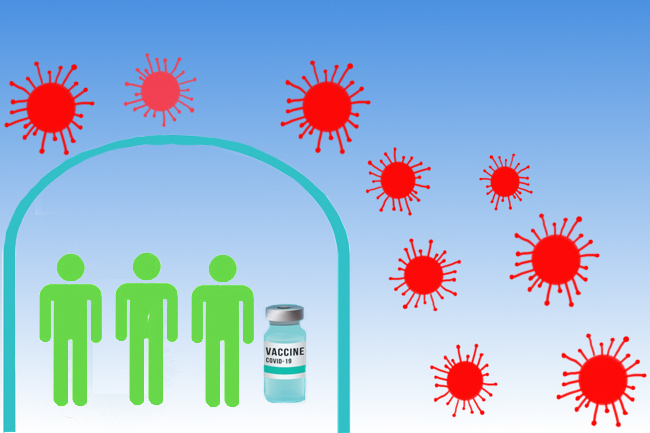
COVID-19 vaccine won’t take us to the past
By Jack Xu
• March 19, 2021

Administration prepares to host November SAT amidst pandemic
By Sahil Venkatesan
• November 2, 2020
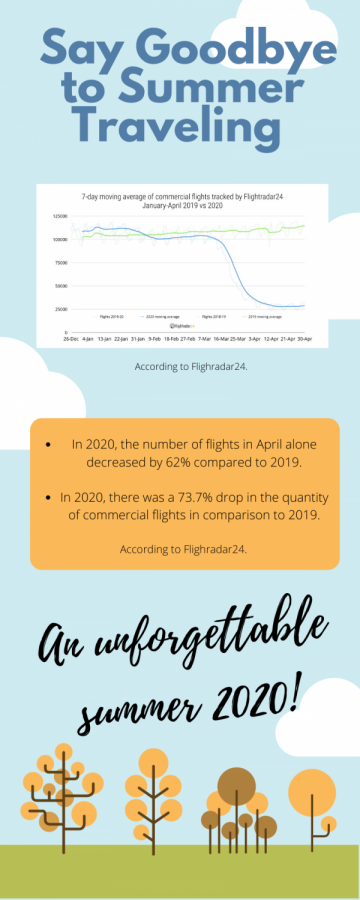
Adapting to a new type of summer vacation
By Karuna Chandran and Lia Klebanov
• June 30, 2020

The fight against coronavirus not over
By Leila Salam
• May 23, 2020
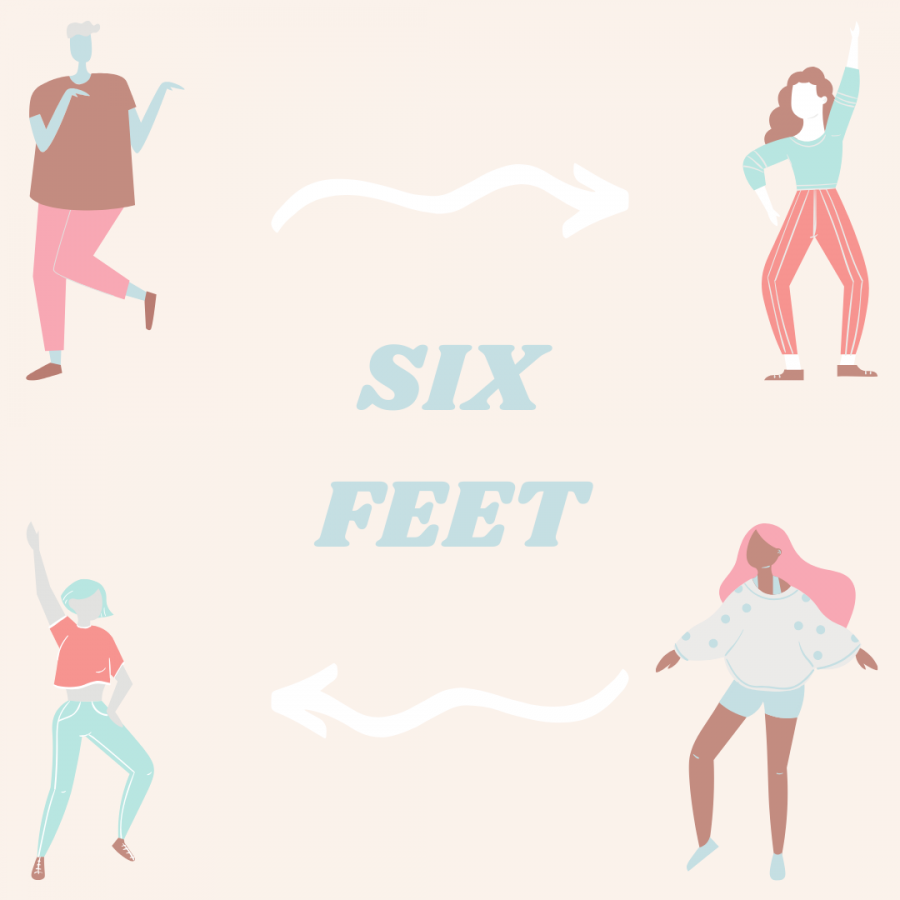
Social distancing: A crucial step to slow the spread of COVID-19
By Amber Birrell and Christine Kim
• April 30, 2020
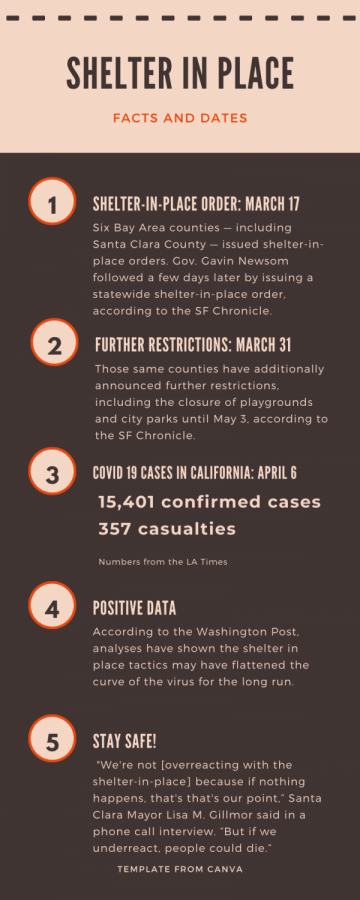
Shelter in place order extended, further restrictions imposed
By Karuna Chandran and Shruti Magesh
• April 6, 2020
Load More Stories



